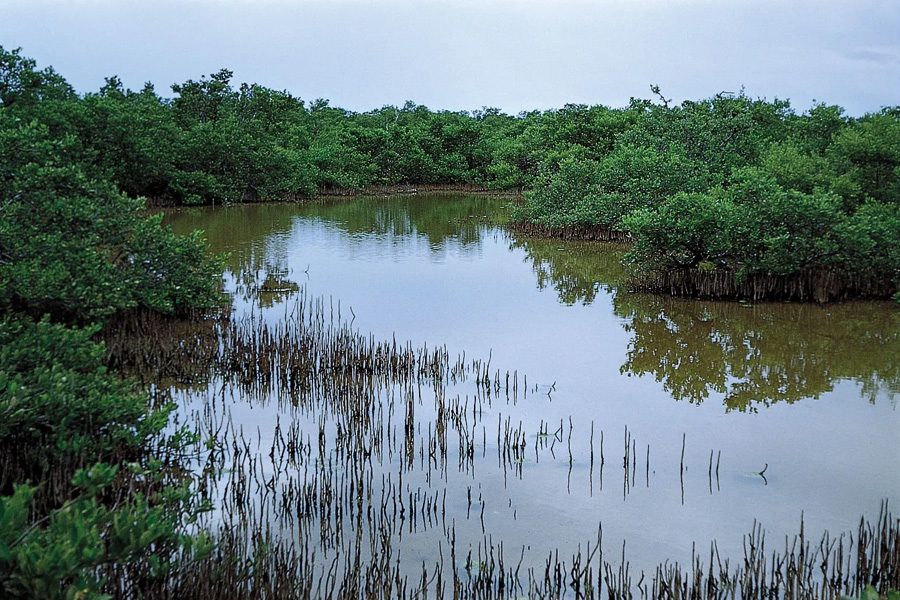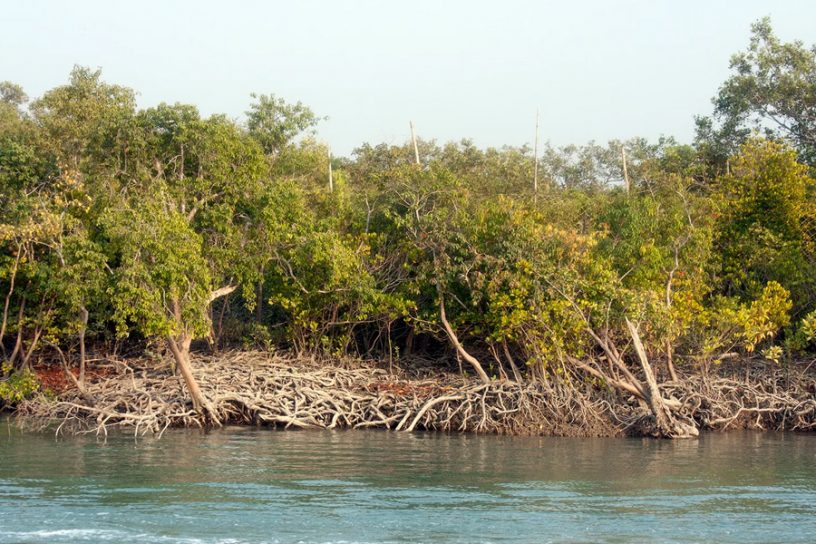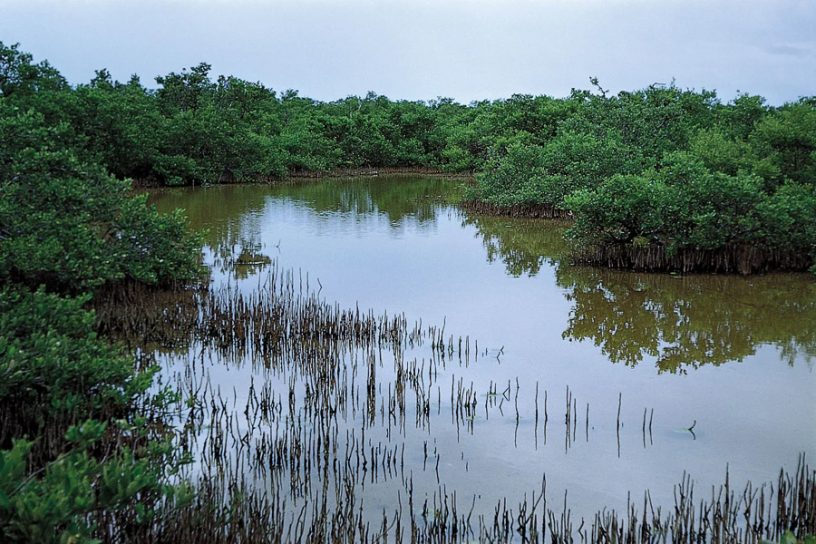
These findings indicate that cyclone, climate change-induced sea level rise can adversely impact Sustainable Development Goal 13 (climate action), by decreasing organic soil blue carbon sink and Sustainable Development Goal 14 (life below water), by local extinction of salinity sensitive mangroves.
Authors
Abhiroop Chowdhury, Professor, Jindal School of Environment and Sustainability, O.P. Jindal Global University, Sonipat, Haryana, India.
Aliya Naz, Assistant Professor, Jindal School of Liberal Arts and Humanities, O.P. Jindal Global University, Sonipat, Haryana, India.
Seema B. Sharma, Department of Earth and Env
ironmental Science, KSKV Kachchh University, Mundra Road, Bhuj, Gujarat, India
Rajarshi Dasgupta, School of Public Policy, Indian Institute of Technology, New Delh, India.
Summary
Climate change-induced frequent cyclones are pumping saline seawater into the Sundarbans. Fani, Amphan, Bulbul, and Yaas were the major cyclones that hit the region during 2019–2021. This study represents the changes in the soil parameters, mangrove biodiversity and zonation due to the cyclone surges in the Indian Sundarbans between 2017 and 2021.
Increasing tidal water salinity (parts per thousand) trends in both pre-monsoon (21 to 33) and post-monsoon (14 to 19) seasons have been observed between 2017 and 2021. A 46% reduction in the soil organic blue carbon pool is observed due to a 31% increase in soil salinity.
Soil organic blue carbon has been calculated by both wet digestion and the elemental analyzer method, which are linearly correlated with each other. A reduction in the available nitrogen (30%) and available phosphorous (33%) in the mangrove soil has also been observed. Salinity-sensitive mangroves, such as Xylocarpus granatum, Xylocarpus moluccensis, Rhizophora mucronata, Bruguiera gymnorrhiza, and Bruguiera cylindrica, have seen local extinction in the sampled population. An increasing trend in relative density of salinity resilient, Avicennia marina, Suaeda maritima, Aegiceras corniculatum and a decreasing trend of true mangrove (Ceriops decandra) has been observed, in response to salinity rise in surface water as well as soil.
As is evident from Hierarchical Cluster Analysis (HCA) and the Abundance/Frequency ratio (A/F), the mangrove zonation observed in response to tidal gradient has also changed, becoming more homogeneous with a dominance of A. marina.
These findings indicate that cyclone, climate change-induced sea level rise can adversely impact Sustainable Development Goal 13 (climate action), by decreasing organic soil blue carbon sink and Sustainable Development Goal 14 (life below water), by local extinction of salinity sensitive mangroves.
Published in: Special Issue of the journal Life, Marine Carbon Systems: Dynamics, Conservation, and Management.
To read the full article, please click here.



